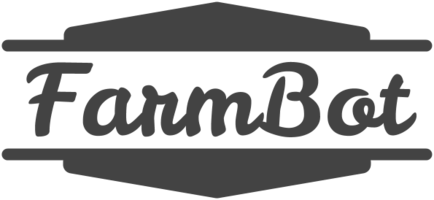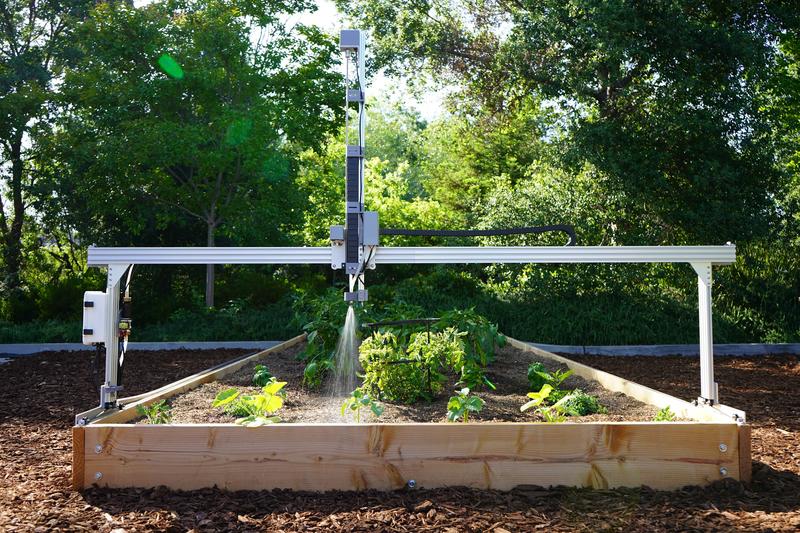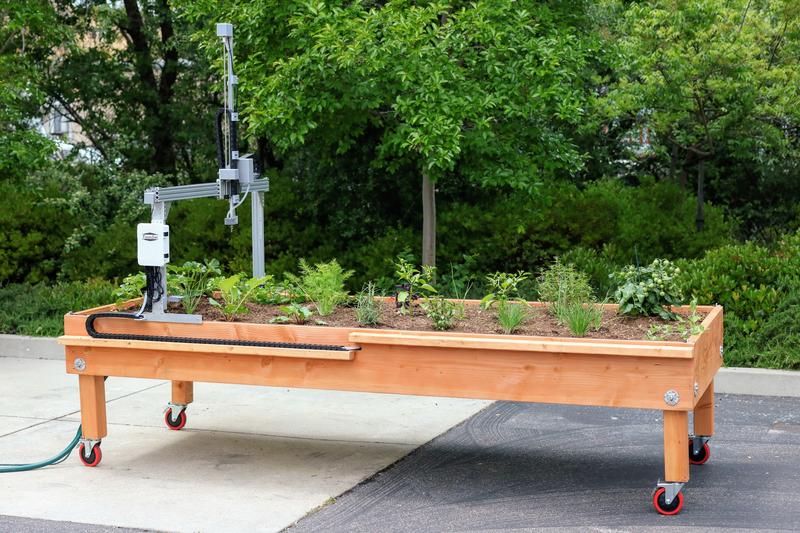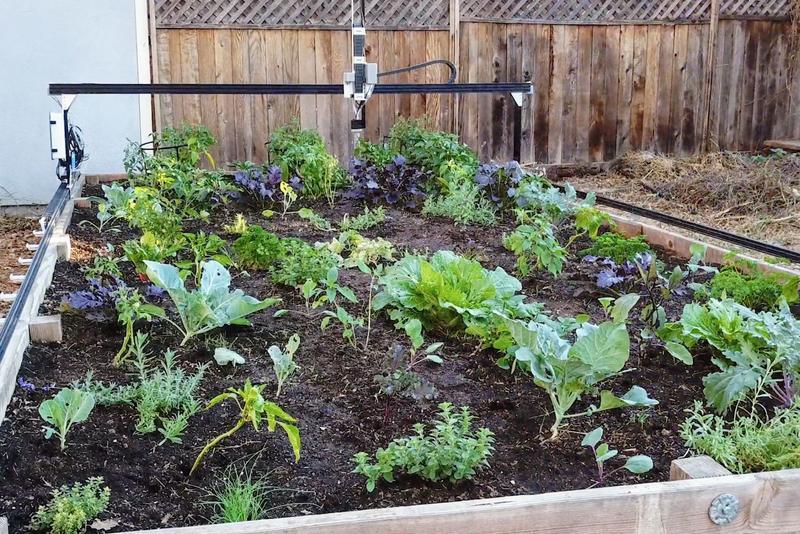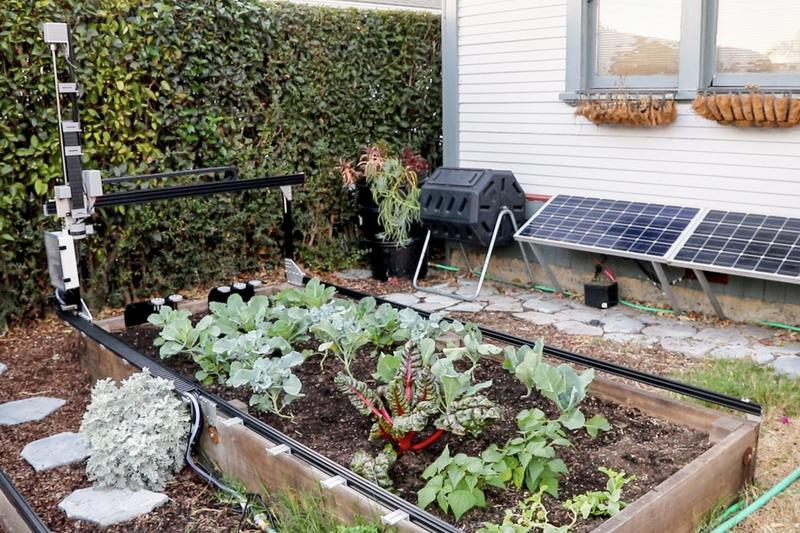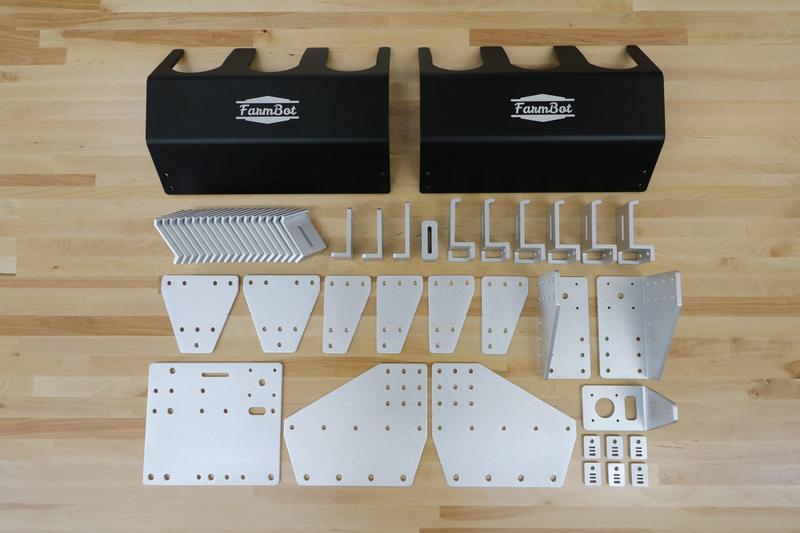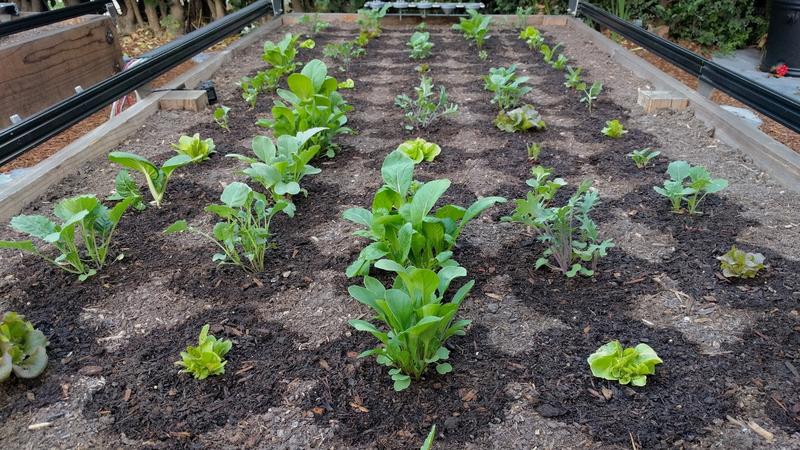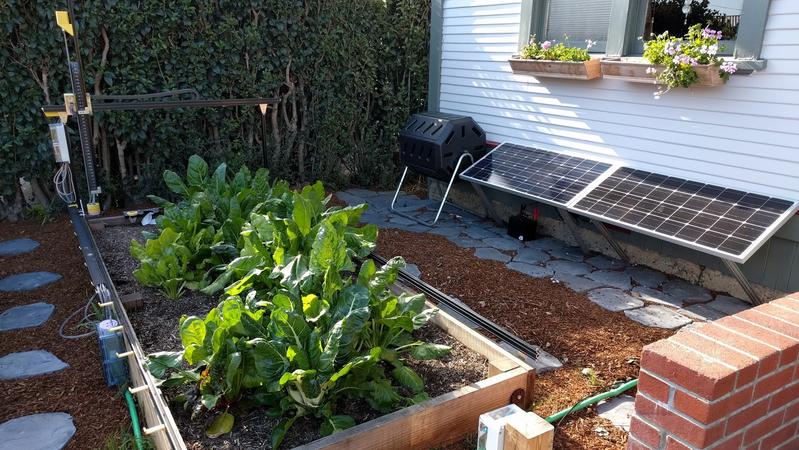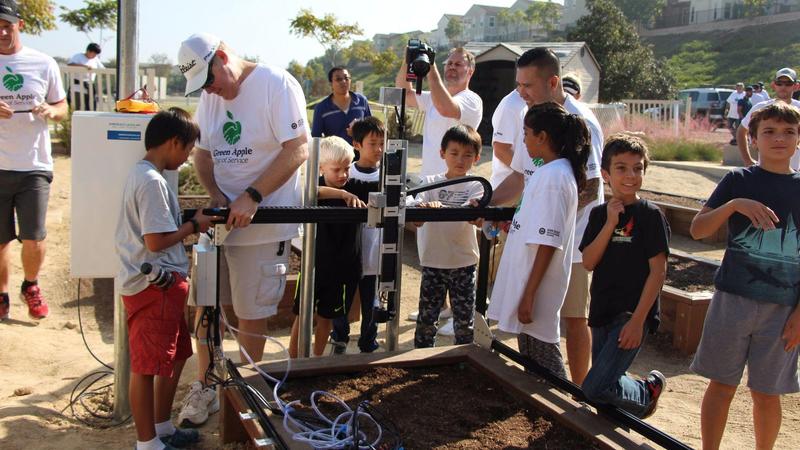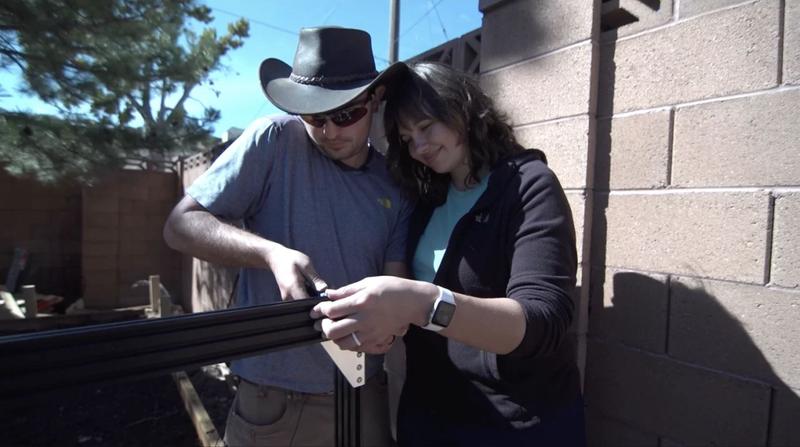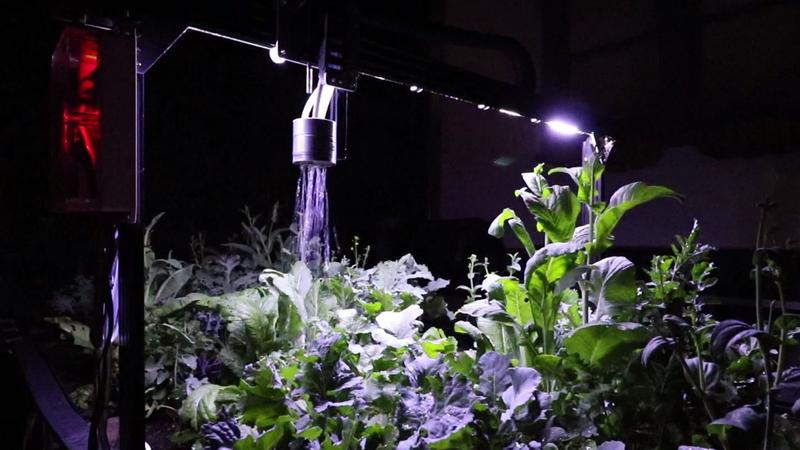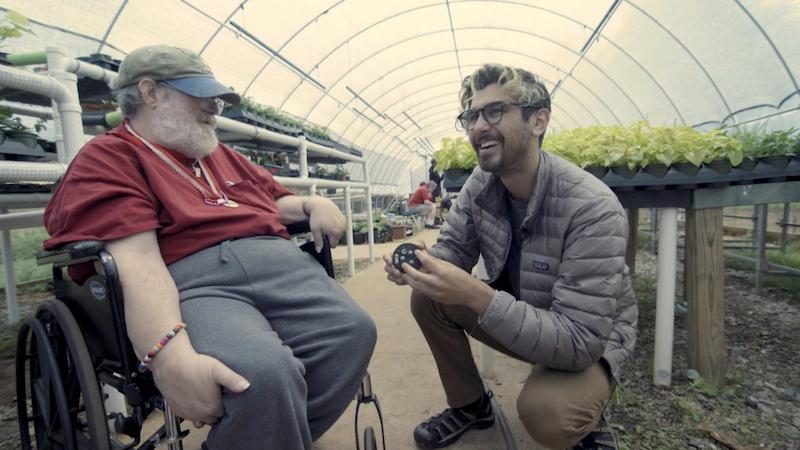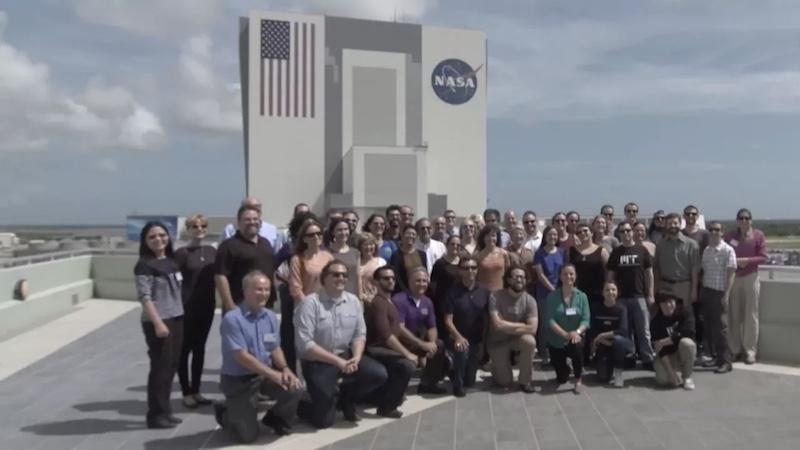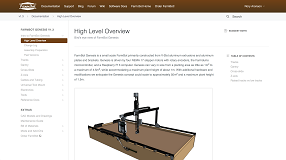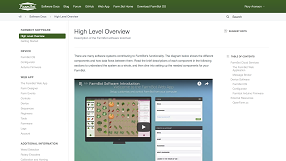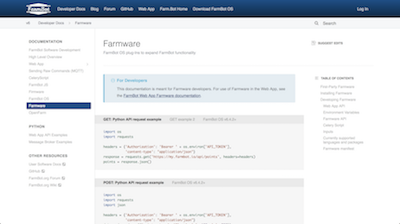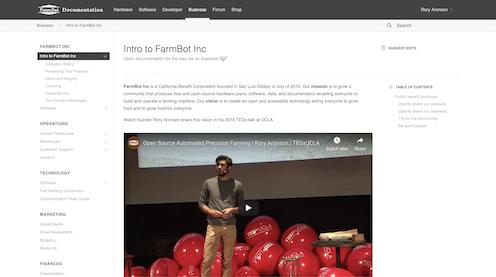Hardware Monetization Strategies
In the last blog post, I outlined our reasons for and potential paths to commercialization concluding that it is commercialization, or monetization, that is a necessary component to bootstrap the FarmBot Project towards community sustainability. In this blog post are strategies that could be used by myself, other project collaborators, or future entrepreneurs not yet familiar with the FarmBot Project in order to monetize FarmBot hardware, ultimately strengthening the community by improving the technology and making it more accessible. I am writing this publicly because I want to share which options I have considered and some thoughts on each strategy. I welcome feedback in the comments section or in email.
In general, hardware monetization will involve getting more "skin in the game" than with software monetization (blog coming soon). This is because hardware development involves a higher barrier to entry: one must own prerequisite hardware and tools, prototyping costs are higher, and there are many difficulties involved in scaled manufacturing, distribution, and/or service. Here are some strategies for monetizing hardware.
The Crowdfunded Approach
With the advent of accessible crowdfunding websites like Kickstarter and Indiegogo, there has been an explosion of innovation and product development being driven by consumers themselves. Crowdfunding can allow an idea to get "buy in" from consumers in order to validate the product's value and need ahead of time. With crowdfunding, funds are transferred up front and in one large sum such that people can be paid to develop the product and make bulk purchases of components, and having time to do so. The model has been proven to be quite successful for dozens of 3D printer projects as seen by the sheer number and consistent overfunding of new campaigns almost weekly. So how can this apply to FarmBot? As an example, it might look like creating a campaign to develop a specialized tool for depositing seeds in bulk. Perhaps the design is open-source but too difficult for regular people to manufacture themselves, so setting up a traditional manufacturing line will keep cost low and make the superior design more accessible. Or maybe the design is closed source and so much more innovative and difficult to produce than other designs, that there is hope it will sell and not be easily replicated. No matter the product or if it is proprietary or open-source, it is possible that the FarmBot community will either validate the need and fund the campaign, or deem that there really is no need for the innovation - that it provides marginal value - and so they choose to not fund it. When successful, the crowdfunding strategy can be very effective at quickly building a client base and making a lot of pre-sales, increase exposure and press for the project significantly - potentially attracting more contributors, and inspire discussion, validation, and feedback from the community. Challenges of crowdfunding hardware are many, including: going from no production to very high production with no ramping, the risk of running out of money and being back at square one by the end of the campaign with no capital to reinvest in a company, and also poor execution which may ruin your brand or community. Of course, these can all be avoided with careful planning and there are many resources and blog posts available to run a campaign successfully. For example, you can see our strategy for and the benefits of running our Kickstarter campaign for OpenFarm in our recap blog post (granted, it is not for hardware, but it should still be useful).Venture Capital and Traditional Product Development and Sales
For new companies, seeking out capital investment and developing a product in a traditional and likely proprietary manner is of course an option, though I think it is not as good compared with the crowdfunded approach. With this strategy, one gives up equity and control, will not have as great a connection with customers, and may waste far more time if the idea does not meet customer needs as expected and therefore does not sell as expected. This strategy also foregoes the huge marketing hype experienced with a crowdfunding campaign, as well as the potential for volunteer contributions. However, let's say a company is already established and has a client base. In this case, running a crowdfunding campaign may be more work than it is worth. Rather, taking on venture capital to increase the capacity of the company may be a better choice. This may allow the company to maintain focus as a whole company and simply tap into their existing client base when the new product is ready. The company's brand and clout may spread the word and drive sales adequately on its own. It all depends on the state of the company.Selling Designs, Not Matter
Traditional hardware development costs tens or hundreds of thousands of dollars to initiate due to the high cost of design, setting up tooling and a manufacturing line, bulk ordering of parts, etc. However, with the advent of free and low cost manufacturing tools and resources (3D printing, CAD/CAM software, and facilities such as MakerSpaces and Fab Labs) hardware manufacturing is becoming more democratized. It is quite possible for someone to create a business based on selling only designs rather than physical products, relying on the consumer to do the physical manufacturing.
This strategy may work well if one's designs truly have a competitive advantage and they continue to innovate, but there is high risk of those designs being quickly copied and made available for free or lower cost. However, that is not to say that it cannot be done to stay on the cutting edge of innovation, especially if the design company can build a strong brand and reputation for being the best and the go-to source.
